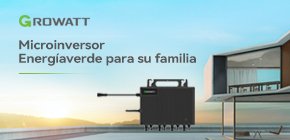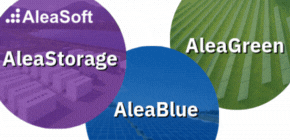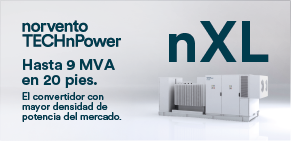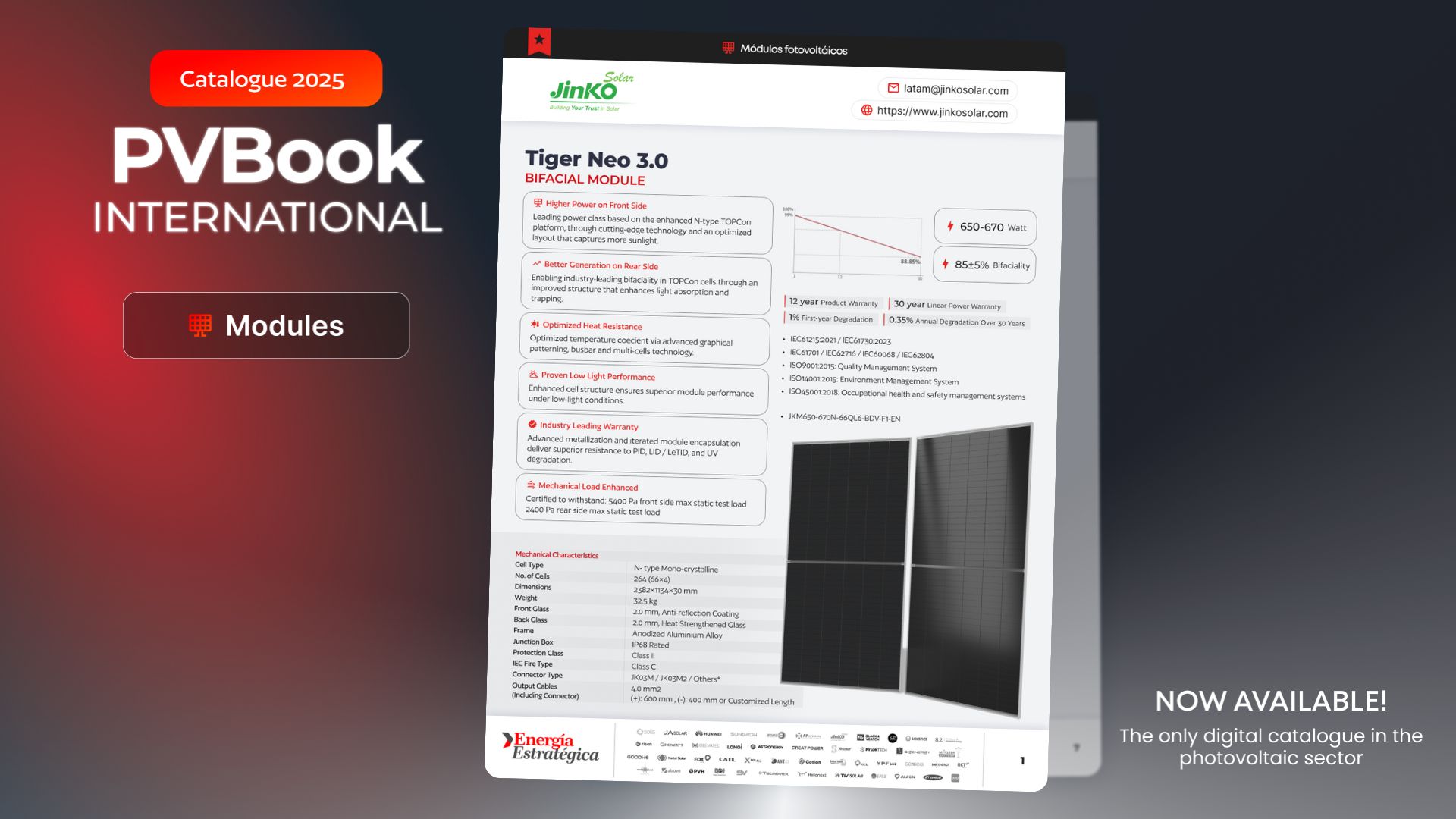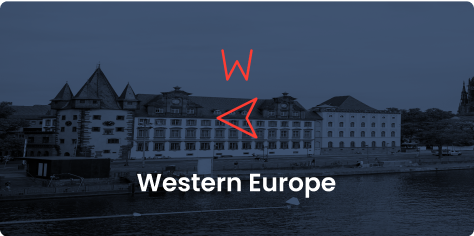Jinko Solar bursts onto the scene at PVBook 2025 with its most sophisticated product: the Tiger Neo 3.0 solar module , a technological bet based on third-generation TOPCon N-Type cells, which consolidates its leadership in photovoltaic innovation.
The catalog developed by Energía Estratégica serves as a key showcase for companies in the sector, and Jinko Solar positions itself with one of the most advanced products in the compendium.
With a maximum power of 670 W and an efficiency of 24.8% , the company positions this module as the flagship option of its global portfolio, having reached more than 330 GW supplied worldwide across all its solutions.
The Tiger Neo 3.0 is distinguished not only by its power generation capacity, but also by integrating four key structural innovations that optimize every component of the module . One of these is the HCP concept , which improves cell passivation and allows for handling higher currents without increasing electrical losses.
In addition, there is the MAX structure , which increases bifacial performance — reaching 85% — thanks to a more transparent back layer and better back contact , which expands the absorption of solar radiation.
Furthermore, the SMMB design optimizes electrical conduction by incorporating more thin busbars, which reduces the electron conduction distance and minimizes internal losses . Finally, the FP scheme improves the module’s response to partial shading, significantly reducing the risk of hot spots and extending its reliability in challenging scenarios.
The Tiger Neo 3.0’s annual degradation is only 0.35%, well below the market standard of 0.4%. This ensures superior output throughout its 30-year lifespan, backed by a 12-year product warranty and a three-decade linear power guarantee .
The new line is designed to adapt to multiple segments of the solar market. “We also have a bifacial, double-glazed version,” says Escobar , which reinforces its versatility in different configurations and environmental conditions.
The 66-cell model is focused on large-scale (utility scale) projects, while the 48 and 51-cell versions have been developed for the residential market, where flexibility is required without sacrificing power or performance.
Key technology for demanding markets
One of the Tiger Neo 3.0’s key strengths is its ability to operate efficiently in low-irradiance environments. Thanks to its optimized cell structure, the module maintains competitive performance even in low-light conditions , making it a strategic solution for markets such as Latin America and Central Europe.
This is complemented by improved thermal resistance , resulting from an optimized temperature coefficient achieved through advanced graphical patterns, multi-cell technology, and a refined busbar architecture. The result is greater thermal stability, ensuring reliable production even in extreme climates.
With this commitment, the Chinese company seeks to accelerate the energy transition in multiple markets , offering a technology that combines high efficiency, durability, adaptability and extended warranty , backed by decades of experience and global leadership.






